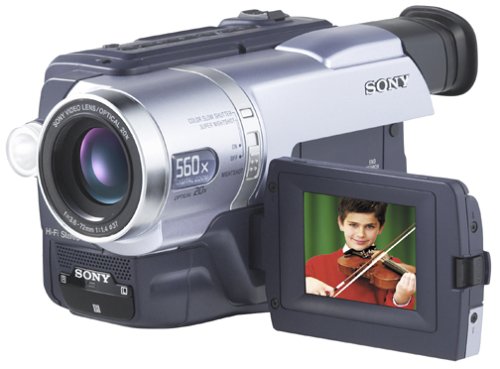That is correct. USB is a digital interface, so the device you plug your cable into handles the conversion into a digital signal.So, to be clear, the hardware actually digitizes any analog video signal directly via USB cable, so instead of the bother of using my camera with the TV I'd just feed my camcorder output via this cable to my computer hard drive? For the relatively small price, that seems to be the best bet.
Jack
But that still needs to be converted to a meaningful video format and captured on a drive. Which is what your PC does with either the software included in the converter device, or some third party alternative.
The device I use is a cheap one from CSL, and although it works, I suspect it may not be the best quality. Neither is the old VHS player I use, nor the footage on the tapes, so I think it's okay. But purely because they are a big name in the space of video capture (mainly for streaming console games) I would have got the Elgato one if it had been on my radar at the time of purchase.
Although apparently going with RCA composite rather than S Video as the analogue output already butchers the quality so there's probably not much to save by the time the signal reaches the converter USB device. But my VHS recorder doesn't have anything else.
With my particular converter, I can also use the free and very powerful VLC video software to display the signal coming from the USB device almost properly. But not quite, so although VLC would be a better way to capture the signal since it offers more control, I just use the bundled software. OBS would be another such software, which is perhaps more polished. The bundled software outputs standard H.264 video, though I don't recall with container it uses. Might be .mov.
The elgato also saves as H.264 according to their website. Apparently in .mp4 files. So standard format with good properties for storage, although you should not expect to be able to manipulate it much with color grading.
Regarding interlaced footage, that topic is an entire nightmare to dig through and work with. While usually we think of video as a series of images and that is indeed how it is stored in modern times, interlaced footage saves only half the rows of pixels from each frame, allowing two frames to be recorded in the (physical) space of one. Which is used to effectively double the framerate that can be recorded or transmitted.
But this means some instance in the processing chain has extract the two separate frames from each one and reconstruct the missing half of each before display. And this is pretty heavy processing if the result is supposed to look decent. So you are essentially out of luck if the signal arrives as interlaced as digital. While there are a lot of powerful, free tools available to do this processing, it is by no means convinient. Apparently it is possible to use the Elgato device to capture with VirtualDub and deinterlace through that.
But I think to go through that pain you would need to be very unhappy with the recordings you get from just pointing the camera at the TV.
Analogue Media has a charme and certainly there's this interesting culture around it that you can dig into forever on the internet. But damn, it makes me appreciate digital so much each time I read anything about it
Upvote
0




